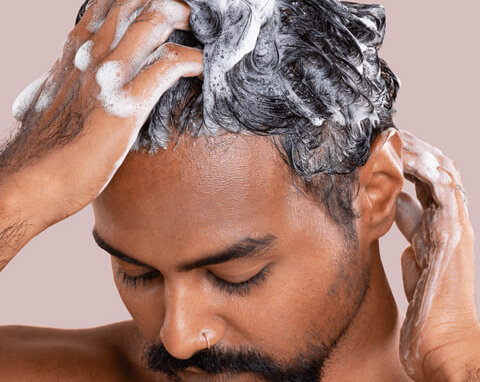Are you in your 20s? You are never too young to start hair loss prevention. Most men recognise that hair loss is a common occurrence, but man not notice early hair thinning. Read on to find out some signs of hair thinning and how to prevent hair loss.
It is a common misconception that male pattern balding (MPB) only affects people at a later age. Male individuals in their 20’s will eventually come to realise that denial does them more harm than good: refusal to admit will delay seeking early treatment and even result in irreversible loss of hair follicles that could have been salvaged.
If you suffer from hair loss, it is important to accept it for what it is. This will be your first step towards mitigating the condition and rebuilding your self-confidence.
Taking the Matter of Thinning Hair Into Your Own Hands
Fortunately, hair loss in men is totally treatable, with especially higher effectiveness if being treated early. This is a good reminder for you to look out for the signs of thinning hair from time to time. Identifying thinning hair early allows your doctor to prescribe suitable options for stemming hair loss at the root. Some of these signs include:
1) A Receding Hairline
A particularly common sign of thinning hair, a receding hairline usually starts off as something small. You may begin to notice the hair around your temples looking a little thinner than usual. For others, your forehead may seem a centimetre higher.
These signs may not seem like a big deal at first. However, leaving them unchecked will worsen and create a much larger, M-shaped pattern in your hair. You may use the Norwood Scale to help you to identify the different stages of MPB more accurately.
2) A Loss of Hair in Your Crown Area
Another common sign of thinning hair: a loss of hair in the crown area of your head that leaves a strikingly visible hairless patch that can be seen from a mile away!
Importantly, note that thinning hair may affect each individual differently. For some men, it may only involve a little bit of hair loss. For others, it could happen gradually, resulting in a large bald patch that appears on the back of their heads.

3) You Are Unable to Style Your Hair in the Same Way As You Used to Before
There are two reasons as to why you may not be able to sport a particular hairstyle in the same way that you used to before. Firstly, you may be using too many different products and relaxers. In caring for and styling your hair, the overzealous use of products can cause a white residue to form on the scalp. This prevents your hair from effectively reaping the benefits of each product.
Secondly, you could be suffering from a more severe form of hair loss than you initially thought. As MPB can cause a reduction in the volume of your once thick head of hair, it may be challenging to sport a hairstyle that requires your hair to sit in an upright position.
4) You Notice More Stray Hairs on Your Floor Than Usual
Do not be too panicky if you see a strand or two falling off your head. The average adult sheds between 70 to 100 hairs every day. However, if you realise that you are losing hair by the bunch, it’s a sign to start worrying! As a male individual suffering from MPB, you will be losing a lot more hair than previously. Like, A LOT.
Therefore, monitoring your combs, shower drain and pillowcases for loose strands of hair on a daily basis is important. If you notice an abnormality in the number of loose hair strands lying around, it could be a red flag. In this situation, you should consult a hair expert to explore treatment options to prevent the condition from worsening.
5) Your Scalp is Prone to Sunburns
Having a thick head of hair protects your scalp from the exposure to the sun’s harmful Ultraviolet Radiation. When your hair begins to thin, it increases the exposure of your scalp to the external environment. This makes your scalp more vulnerable and susceptible to sunburns without the natural protection of your hair.
Generally, a sunburnt bald spot takes longer to heal than sunburns on other parts of your body because skin regeneration only effectively take place in the presence of healthy stem cells, which are found in hair follicles.
In relation to MPB: your same bald spot may have shrunken hair follicles, which could delay your scalp’s recovery from sunburn. If you notice a sunburn on your scalp despite spending most of your time indoors, it could mean that you could be suffering from hair loss.
Tackling Hair Thinning Effectively
By knowing how to identify signs of hair thinning, you can now make a habit to check regularly before the onset of hair loss, especially if you’re genetically predisposed to MPB. This will put you at an advantage of being able to treat the condition early. There are a number of treatment options available for you to mitigate hair loss and, if you are fortunate, it may even help to regrow your hair. Some ways include the consumption of a nutrient-rich diet and biotin supplements. Alternatively and more effectively, using scientifically-proven medicines such as minoxidil and finasteride could help target the root of the problem. This is done by blocking DHT (a type of male steroid hormone which binds to receptor cells in your scalp) and preventing it from causing hair loss.


